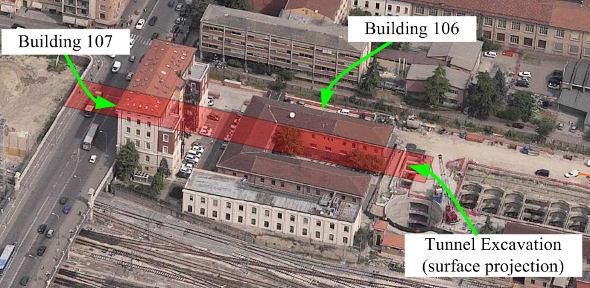
Dr Matthew DeJong and Professor Robert Mair have successfully secured an EPSRC grant for a research project on Tunnelling-Induced Settlement Damage to Masonry Structures.
This is an excellent example of a project that will, I am sure, be of direct relevance to Crossrail and the tunnelling industry.
Professor Robert Mair
In addition to the EPSRC grant, Crossrail is sponsoring a PhD student to participate in the project for four years, and Crossrail will be actively involved as industrial partners.
Tunnelling in urban environments is essential to provide necessary infrastructure, but tunnelling in soils can place buildings at risk. Reliable assessment tools to predict tunnelling-induced damage are essential to determine whether protective measures are necessary. Useful models exist for predicting tunnelling-induced damage, but these methods need refinement, making use of new and existing data and increasing computational resources.
The primary aim of this research project is to obtain the necessary experimental data to improve analytical and computational methods of predicting tunnelling-induced settlement damage to buildings. Centrifuge testing, in which small scale models can be used to investigate full scale structures by subjecting them to high g forces, will be used to evaluate the interaction of the soil and the structure during the tunnelling process. Detailed scale models will be 3D printed and the tunnelling process simulated. These physical tests will be simulated computationally, to evaluate and improve computational methods, and additional simulations will allow extension of experimental results to a wider range of scenarios.
Ultimately, experimental and computational results, along with new field data from the Crossrail project, will be directly used to create improved analytical and computational guidelines for predicting tunnelling-induced settlement damage. It is envisaged that these results will have a direct impact on the tunnelling industry in the UK and around the world.

